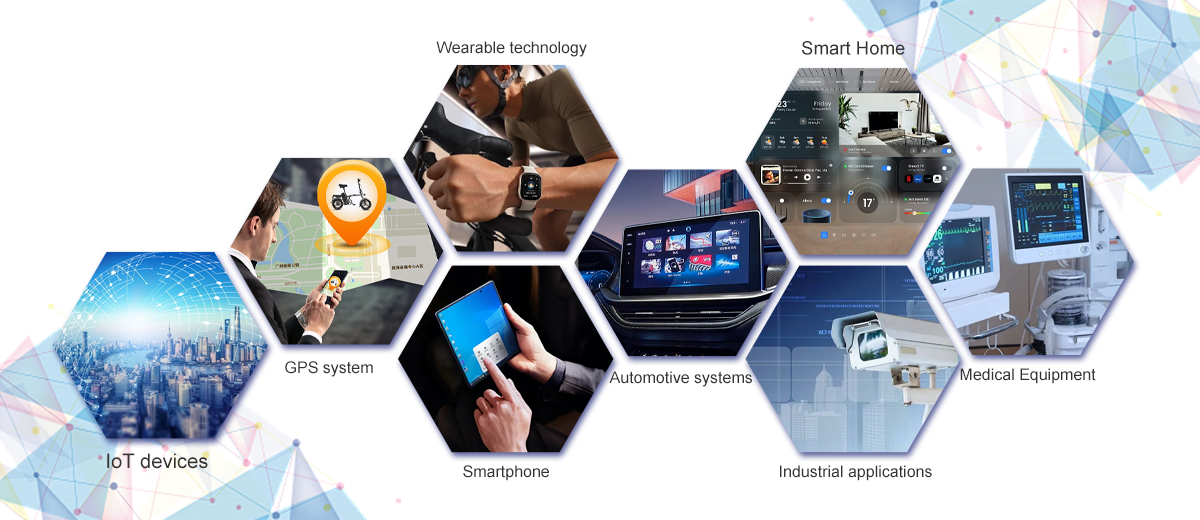
Intel
DescriptionIntel
PackageTray
Stock6000
PriceActive
DownloadThe 1SX280HN1F43E1VGS3 is a high-performance FPGA (Field Programmable Gate Array) from Intel’s Stratix® 10 family, designed for cutting-edge applications requiring high processing power and flexibility. This device integrates advanced high-bandwidth memory (HBM) and is built on Intel’s HyperFlex™ architecture, delivering industry-leading speed and efficiency. Its reconfigurable logic architecture makes it suitable for a broad range of industries, from data centers and AI processing to telecommunications and high-performance computing (HPC).
Intel HyperFlex™ Architecture: Provides high system performance, allowing higher clock frequencies and improved efficiency for complex applications.
High-Bandwidth Memory (HBM): Integrated HBM for faster data access, reducing latency and improving overall system performance.
Low Power Consumption: Advanced power management features to balance high performance with energy efficiency.
Scalable Performance: Suitable for applications that require scaling from small to large FPGA designs with different performance levels.
Advanced Security Features: Equipped with hardware-based security for applications where data integrity and protection are paramount.
| Parameter | Value |
|---|---|
| Family | Stratix® 10 |
| Logic Elements (LE) | 2,800,000 |
| Architecture | Intel HyperFlex™ Architecture |
| Memory | High-Bandwidth Memory (HBM) |
| Transceivers | Up to 96 high-speed transceivers |
| Operating Voltage | 0.85V core voltage |
| Operating Temperature Range | -40°C to 100°C |
| Package | 43mm x 43mm BGA |
| I/O Pins | Up to 2,520 |
| Data Rate | Up to 28.3 Gbps |
| Power Management | Dynamic power management |
| Security | Secure boot, bitstream encryption, anti-tamper |
The 1SX280HN1F43E1VGS3 FPGA is designed for applications requiring high processing speeds, flexibility, and low latency, such as:
Data Centers: For accelerating networking, data processing, and storage infrastructure.
Artificial Intelligence: Ideal for AI inference engines and machine learning algorithms that need rapid reconfigurability and large computational capacity.
Telecommunications: Useful in 5G base stations, data transmission systems, and networking hardware for high-speed data handling.
High-Performance Computing (HPC): In supercomputers for scientific simulations, deep learning tasks, and real-time data analytics.
Financial Services: Used in trading platforms where low-latency and high-throughput computing are crucial.

Data Center Networking: The FPGA’s ability to process high data rates at low latencies makes it a suitable choice for high-speed networking hardware.
AI Processing Engines: Reconfigurable logic enables the FPGA to accelerate machine learning models and deep learning frameworks.
Telecommunication Systems: Useful in 5G base stations and core network processing, where high bandwidth and low latency are essential.
High-Speed Data Analytics: Used in real-time financial data analysis where decision-making depends on fast data processing and minimal latency.
DHL Express: Known for its fast, reliable, and worldwide delivery service with transit times ranging from 1-3 business days.
FedEx International Priority: Offers express shipping globally with door-to-door tracking and a typical delivery time of 1-3 days.
UPS Worldwide Express: Offers international delivery services, balancing speed and cost for 2-5 day shipping.
TNT Express: Provides comprehensive delivery options globally, from express to economy services for different budget and speed requirements.
Air Freight: Ideal for large volume shipments that require a balance between speed and cost.
Sea Freight: Economical for bulk shipments but requires longer delivery times, suitable for non-urgent large orders.



What are the main advantages of using the 1SX280HN1F43E1VGS3 FPGA?
This FPGA provides high processing performance, integrated HBM for fast data access, and low power consumption, making it suitable for advanced applications such as AI and HPC.
Is this FPGA suitable for AI applications?
Yes, the integrated HBM and flexible architecture make it ideal for AI inference and machine learning workloads that require high throughput and low latency.
What is the operating temperature range of this device?
The FPGA operates within a temperature range of -40°C to +100°C, suitable for industrial and commercial environments.
Can this FPGA be used in telecommunications?
Yes, with up to 96 high-speed transceivers and a data rate of up to 28.3 Gbps, this device is perfect for high-speed data transmission and 5G infrastructure.
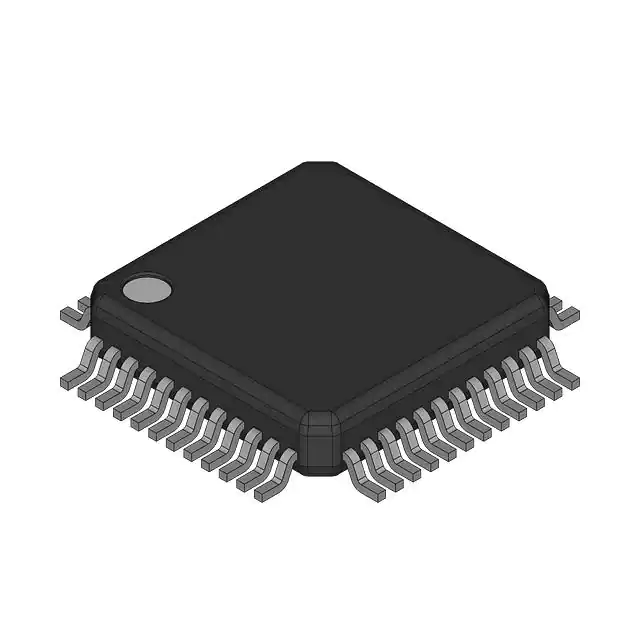
|
CS4297-JQ | CRYSTALCLEAR AUDIO CODEC | CS4297-JQ.pdf | |
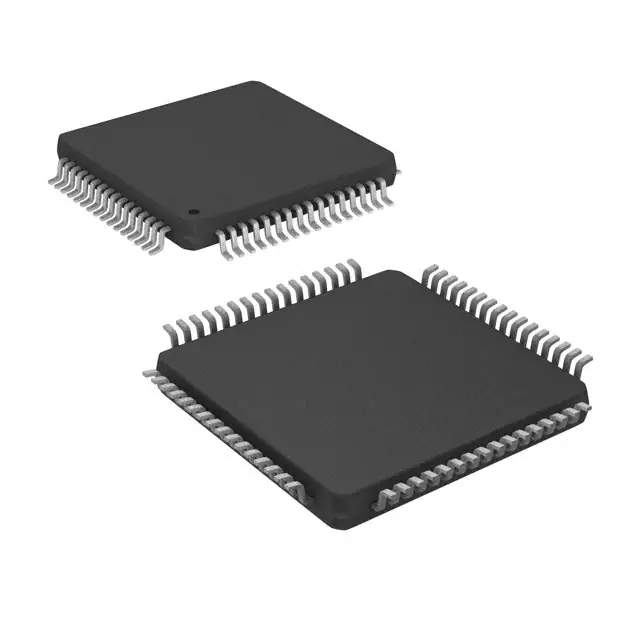
|
TAS5066PAGR | IC MODULATOR 64TQFP | TAS5066PAGR.pdf | |
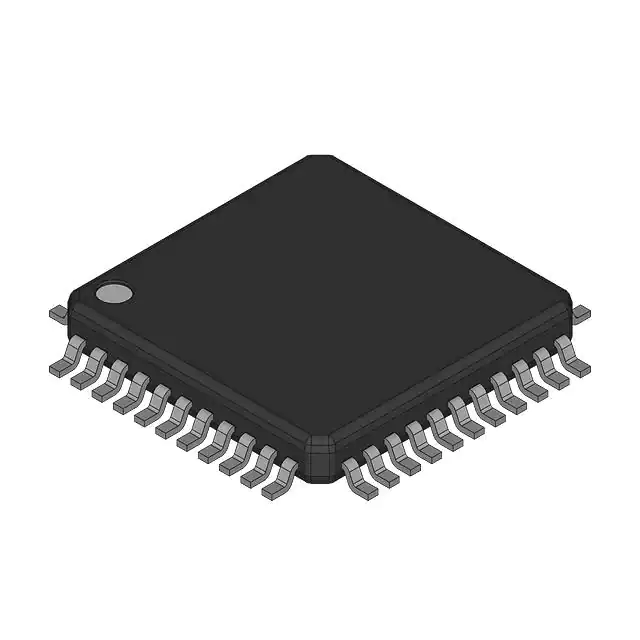
|
AD1889JS | AC 97 SOUNDMAX CODEC | AD1889JS.pdf | |

|
LC75411WS-E | IC ELECTRONIC VOLUME CTRL 48SQFP | LC75411WS-E.pdf | |

|
R3910-CFAB-E1T | IC AUDIO SIGNAL PROCESSOR 25SIP | R3910-CFAB-E1T.pdf | |

|
LM1971N/NOPB | IC VOLUME CONTROL 8DIP | LM1971N/NOPB.pdf | |

|
SI8241CB-B-IS1R | IC LINE DRIVER 16SOIC | SI8241CB-B-IS1R.pdf | |

|
STA120D13TR | IC AUDIO RECEIVER 28SO | STA120D13TR.pdf | |
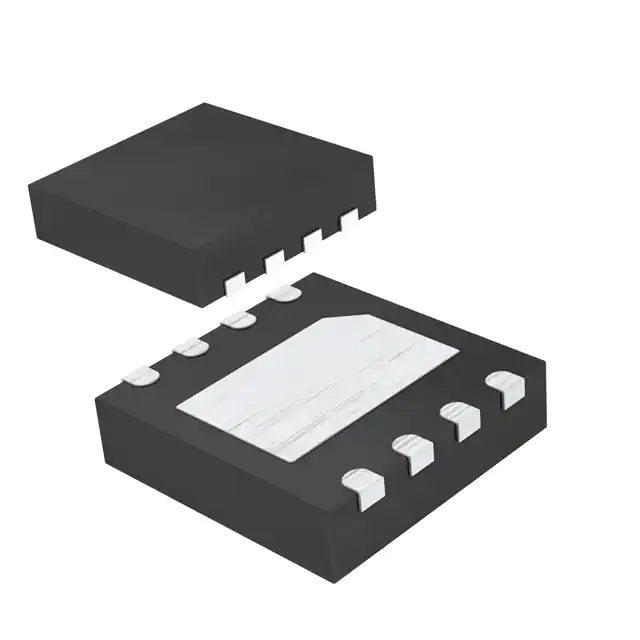
|
MAX9890AETA+ | IC SUPP CLICK-POP 8TDFN | MAX9890AETA+.pdf | |

|
LC75342-E | SINGLE-CHIP VOLUME AND TONE CONT | LC75342-E.pdf | |

|
LC821621-E | IC VOIP PROCESSOR 208SQFP | LC821621-E.pdf | |
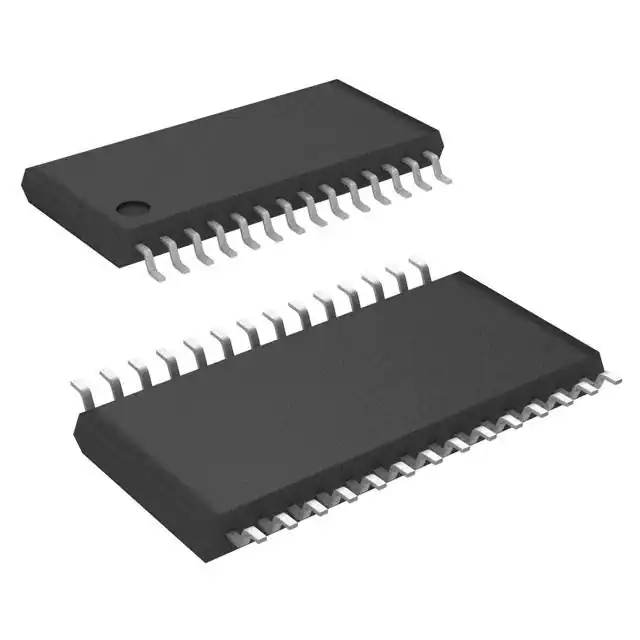
|
TDA7721TR | IC AUDIO SIGNAL PROCESSR 28TSSOP | TDA7721TR.pdf |